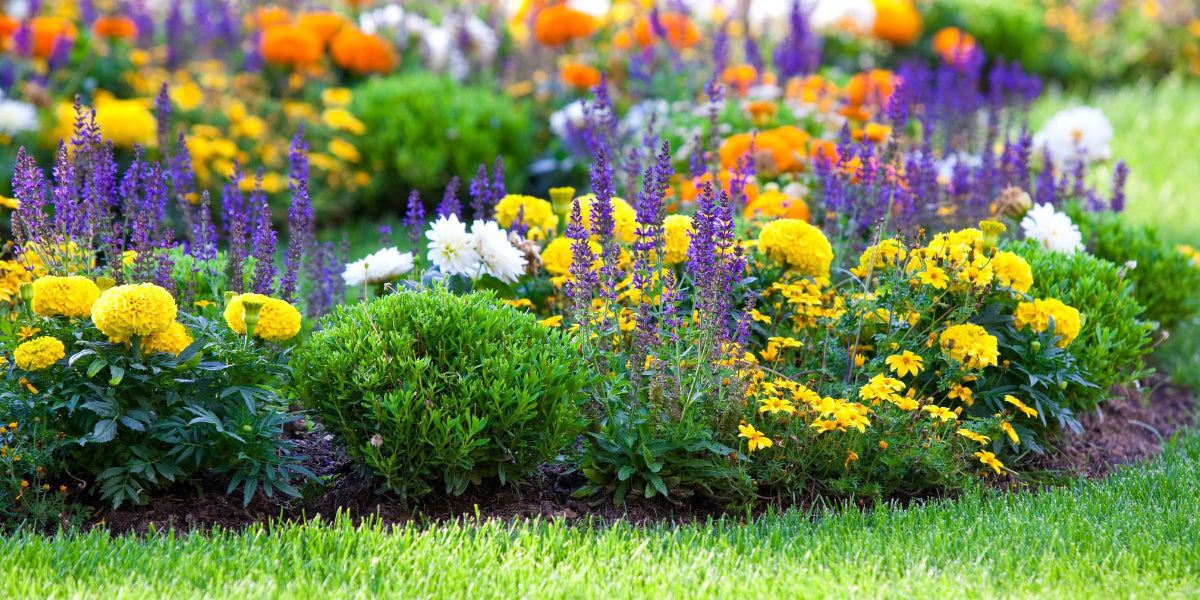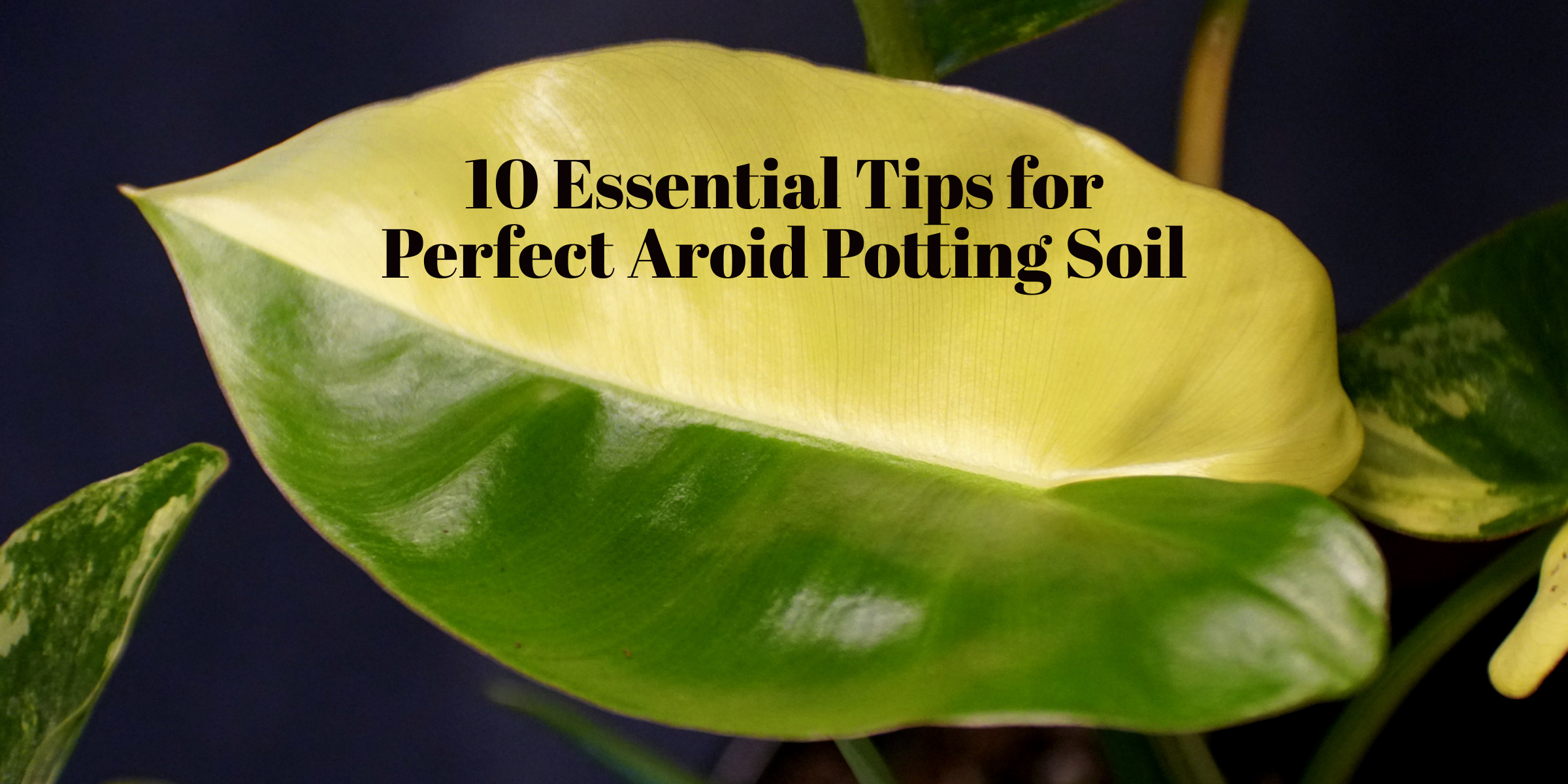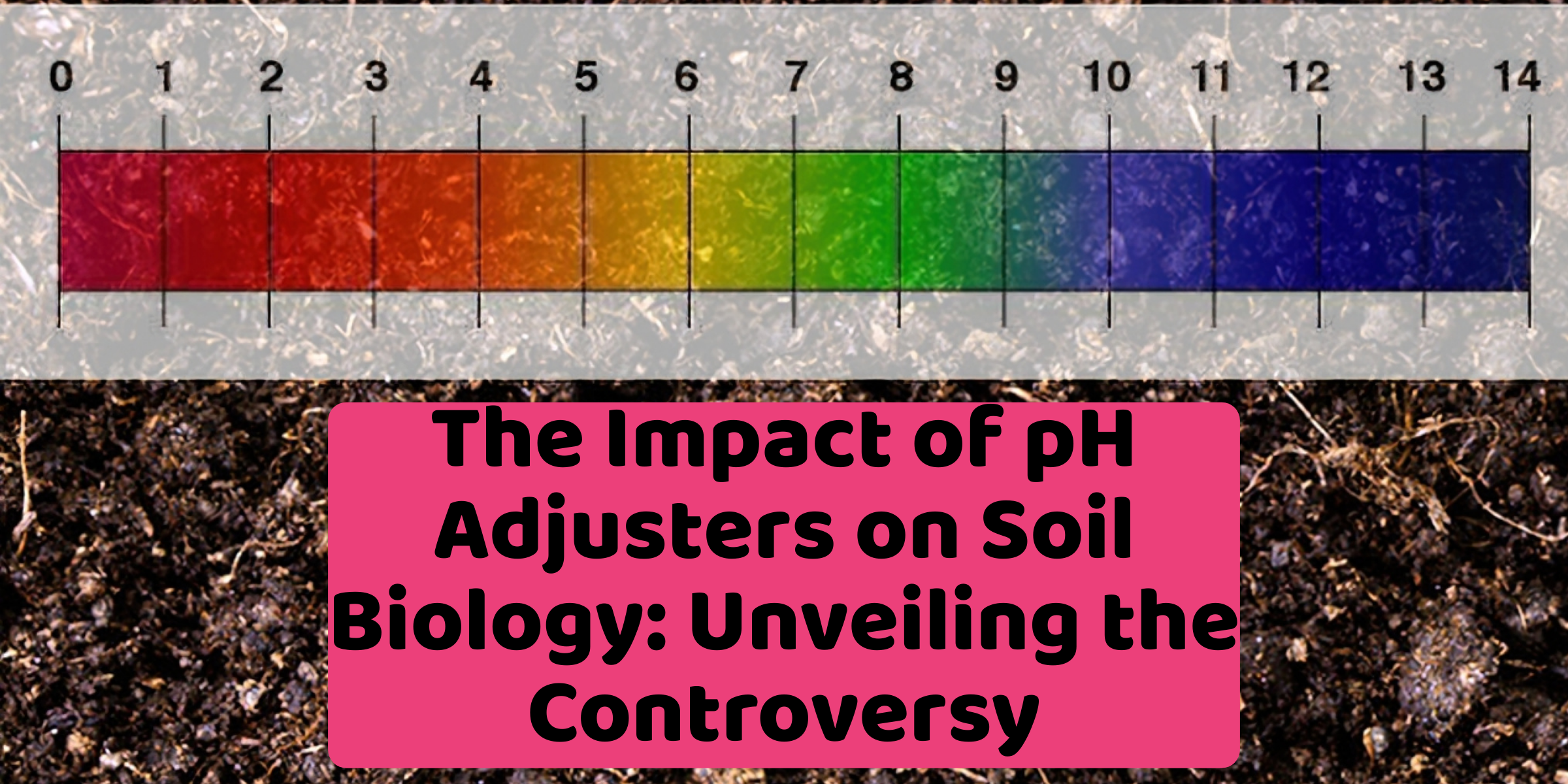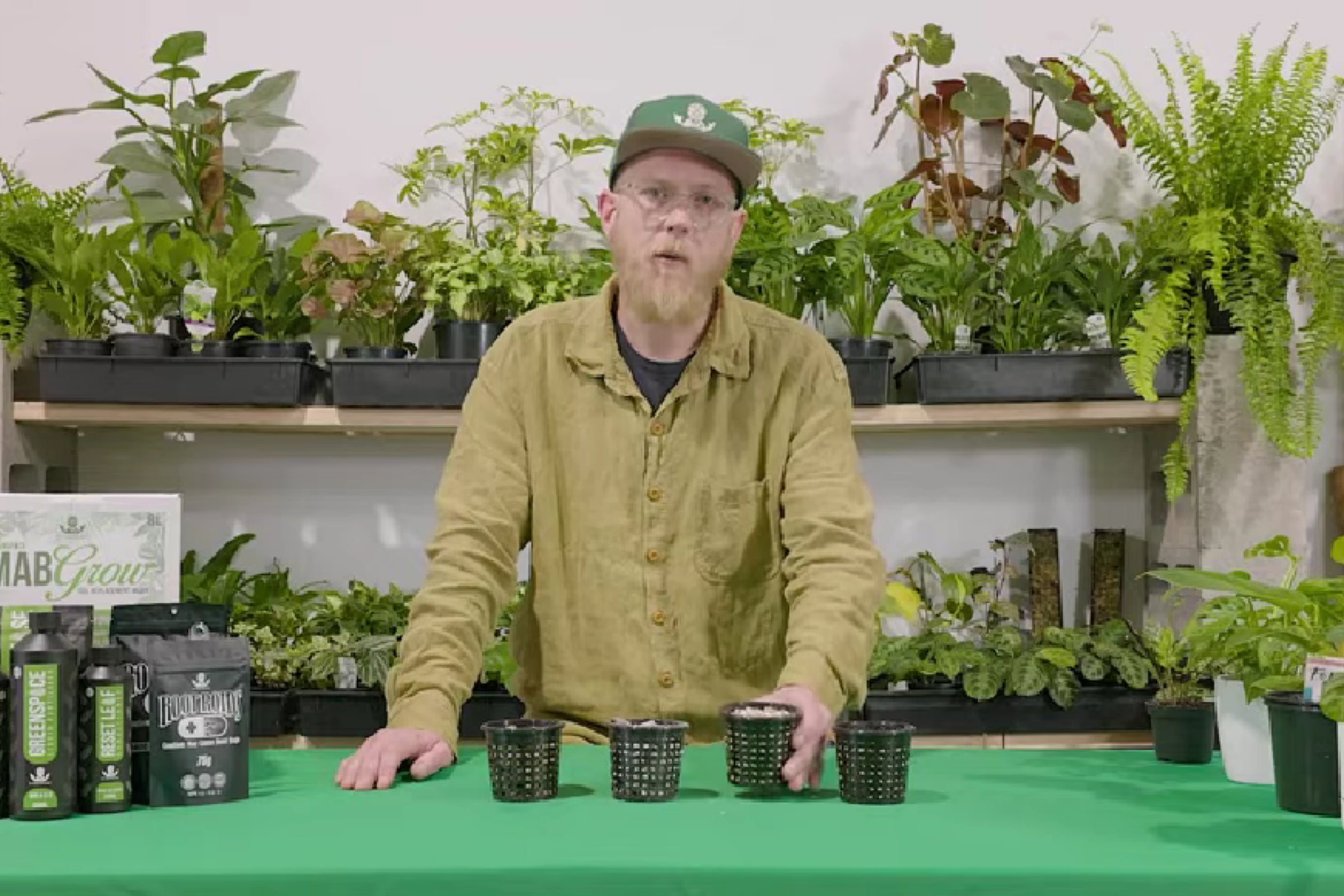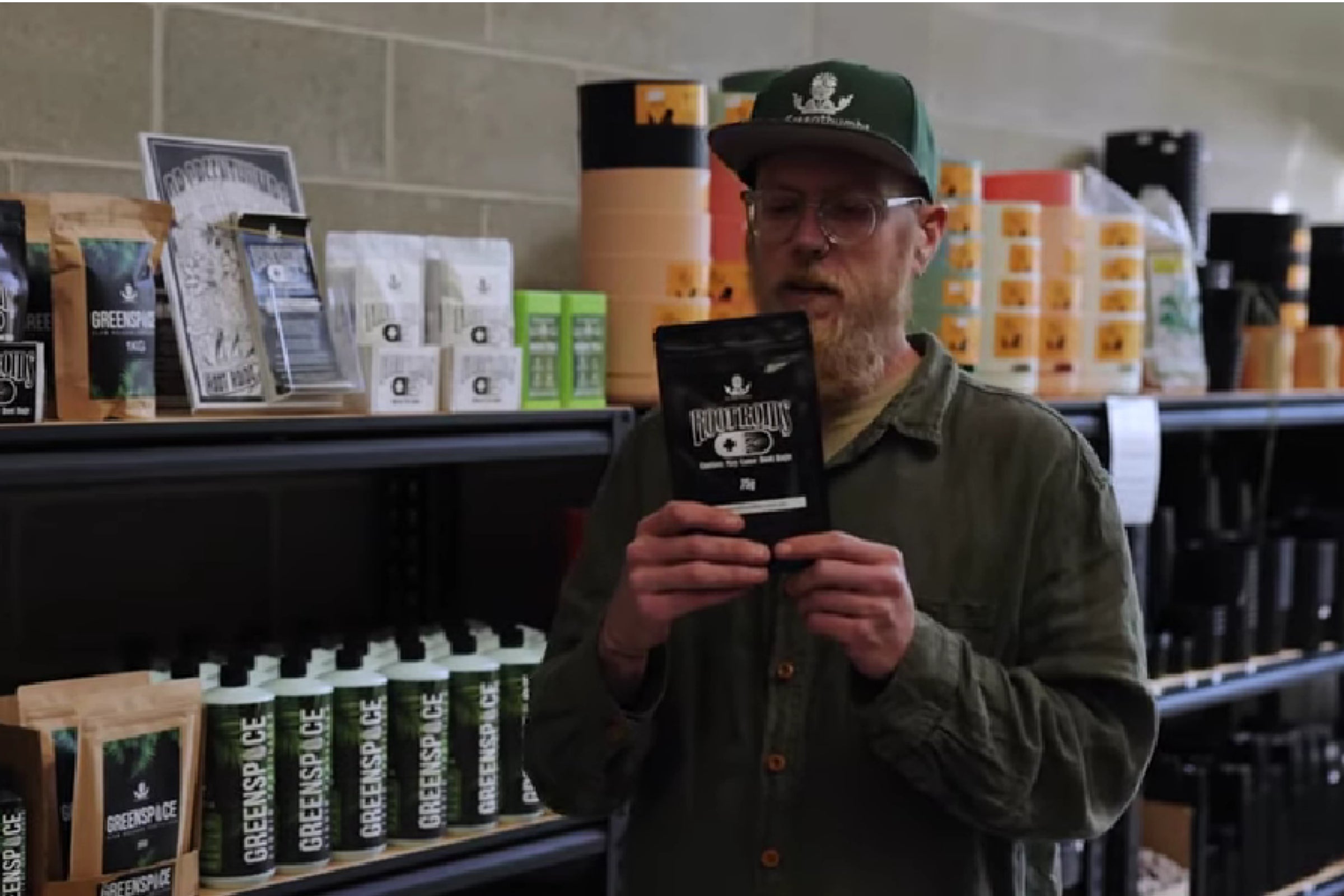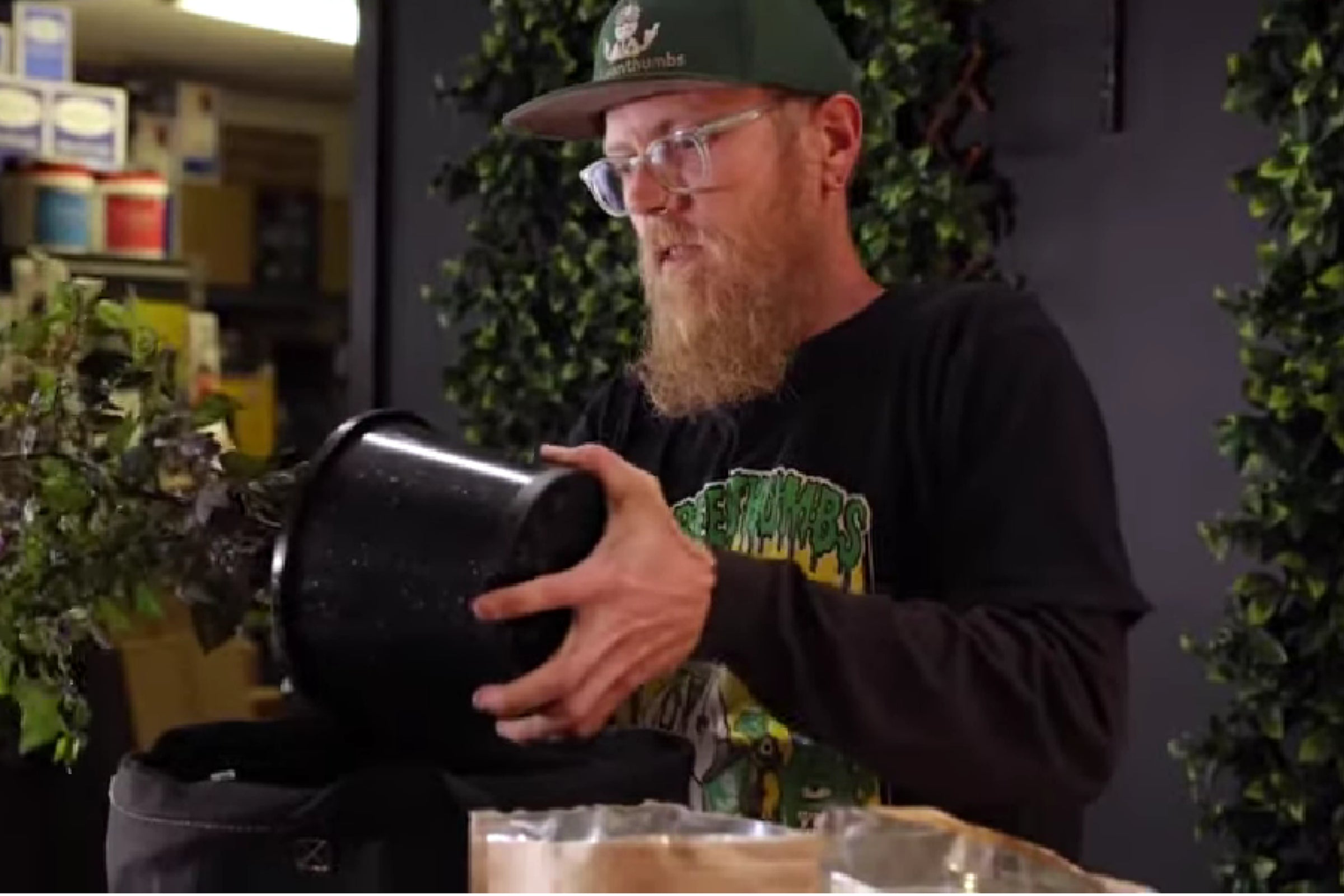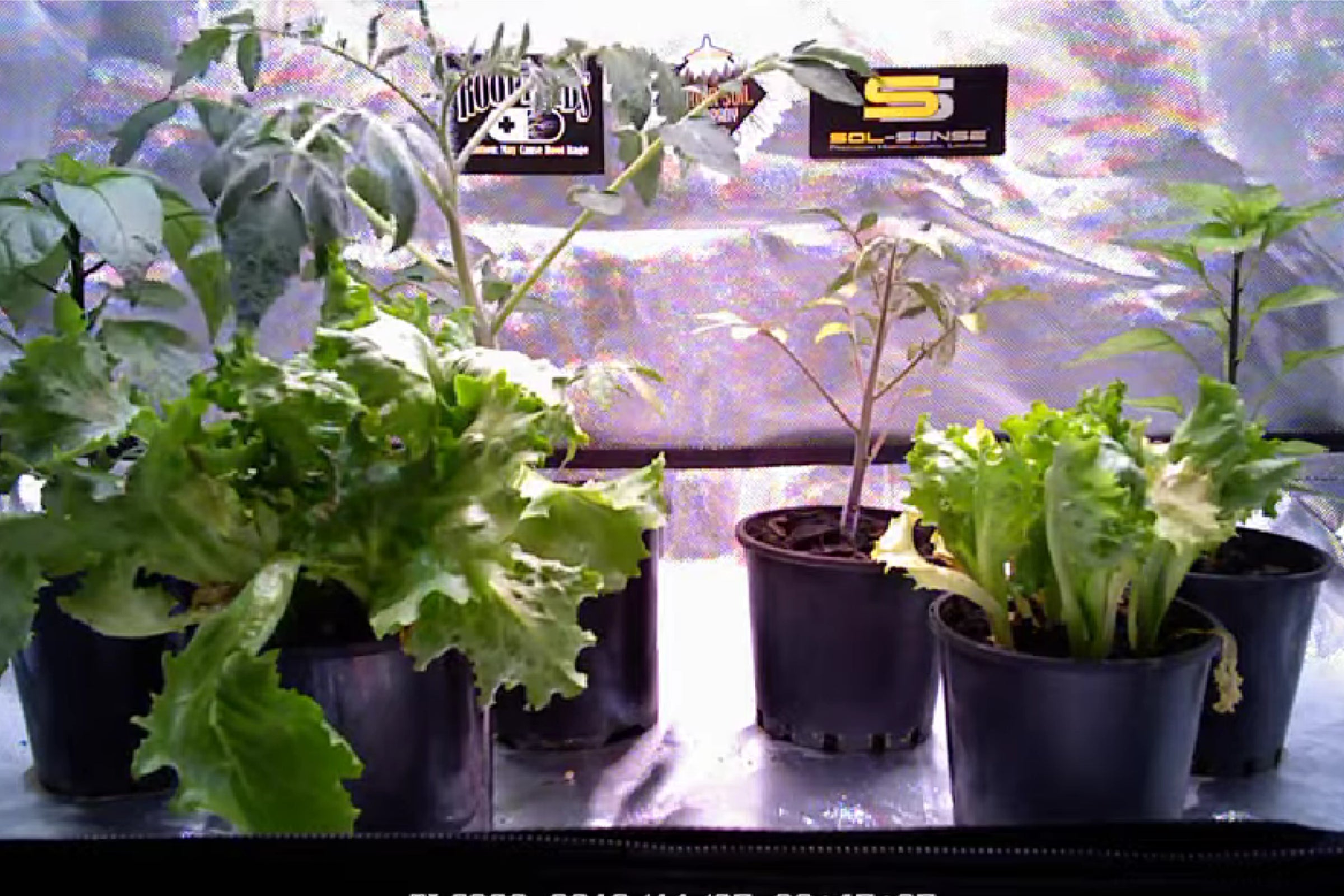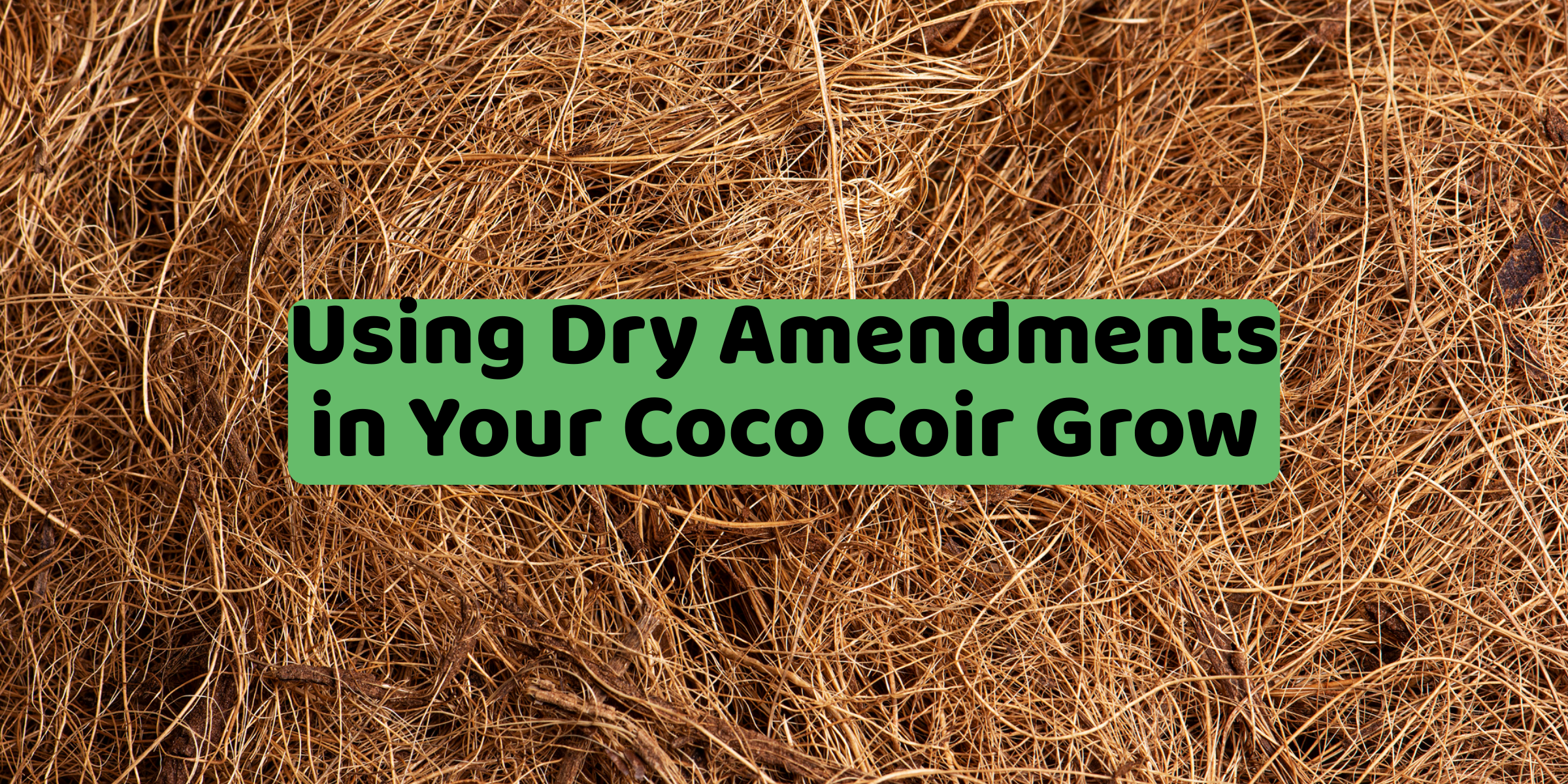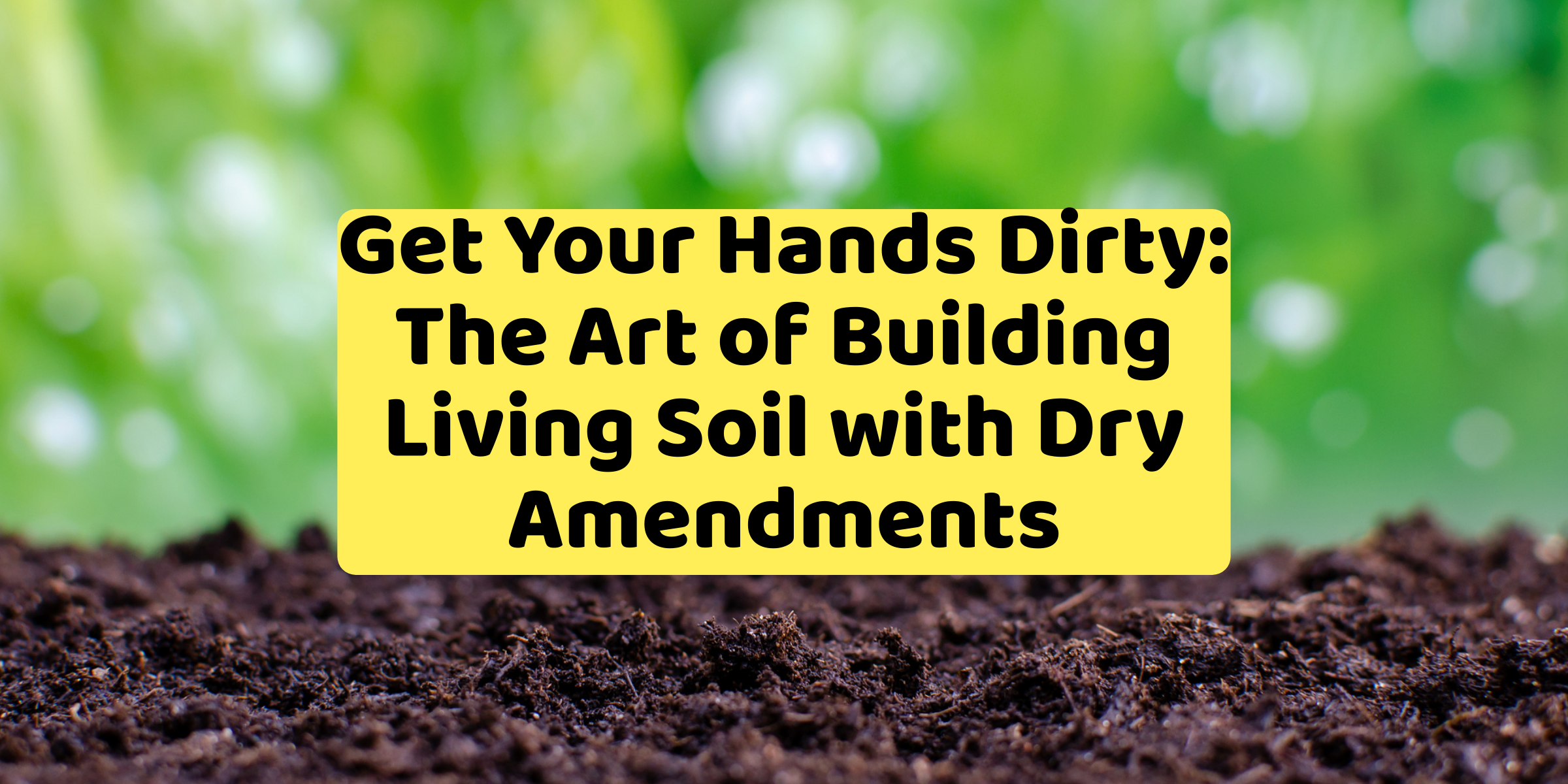Gardening is a passion for many, but it can also be a source of frustration when pests damage or kill plants. Fortunately, there is a solution that combines both the control of pests and the growth of plants: companion planting.
Companion planting involves planting different types of plants together to provide mutual benefits. This can include providing shade for sun-sensitive plants, fixing nitrogen for plants that require it, and repelling pests.
"Trap Crops" for Pest Control
One effective method of pest control through companion planting is the use of "trap crops." These are plants that pests are attracted to, but that do not provide a suitable environment for them to reproduce. For example, planting nasturtiums near tomatoes can attract aphids, but they will not be able to reproduce on the nasturtiums, preventing the buildup of a pest population that could damage the tomatoes. Some commonly used trap plants include
- Nasturtiums for attracting aphids, whitefly, spider mite, and cabbage moth.
- Upland cress for cabbage moth and butterflys.
- Sunflowers for stink bugs.
- Mustard for harlequin/stink bugs
- Marigolds for root knot nematodes & red spider mite.
- Sorghum for corn earworms and grubs.
"Companion Crops" for Pest Control and Growth
Another way to utilize companion planting for pest control is by planting "companion crops." These plants can repel pests or attract beneficial insects. For example, planting marigolds near vegetables can repel nematodes and other pests while also attracting helpful insects like ladybugs and lacewings.
Companion planting can also enhance the growth of plants by providing different plants with the nutrients they need. For example, planting beans near corn can allow the beans to fix nitrogen, which the corn can then use to grow taller and stronger.
The most comprehensive companion planting chart in the known universe (maybe) - taken from sgaonline.org.au
| Plant | Good Neighbours | How it works | Bad Neighbours |
| Apple | Nasturtium, Chives | Nasturtium climbs tree and is said to repel codling moth | Potatoes |
| Apricot | Basil, Tansy, Asparagus | Basil and tansy are said to repel damaging insects | |
| Asparagus | Apricot, Basil, Chives, Comfrey, Lovage, Marjoram, Parsley, Tomatoes | Basil and Parsley are said to improve flavour. Onions and garlic release substances reducing growth. | Garlic, Onions |
| Balm (Lemon) | Tomatoes | Attracts bees, said to enhance flavour and growth | |
| Basil | Tomatoes | Basil said to repel flies and mosquitoes | |
| Beans (climbing) | Broccoli, Brussel Sprouts, Cabbage, Carrots, Cauliflower, Corn, Lettuce, Lovage, Majoram, Parsley | Beetroot, Chives, Garlic, Gladiolus, Onions, Sunflower | |
| Beetroot | Beans (bush), Broccoli, Brussel Sprouts, Cabbage, Cauliflower, Kohl Rabi, Lettuce, Lovage, Marjoram, Onion, Peas, Potato, Spinach, Silverbeet | Bad Neighbours roots release substances reducing growth | Beans (Climbing), Tomato |
| Borage | Squash, Strawberries, Tomato | Said to deter tomato worm and improve tomato flavour and yield. Said to increase strawberry yield. | |
| Brassicas (Incl: Broccoli, Cabbage, Cauliflower) | Beans, Beetroot, Carrots, Chamomile, Coriander, Cucumber, Dill, Lettuce, Lovage, Marjoram, Marigold (French), Mint, Nasturtium, Pea, Potato, Rosemary, Sage, Tansy, Thyme, Zinnias, Land Cress | Dill attracts a Cabbage White Butterfly controlling wasp. Nasturtium disguises and repels aphids. Sage repels the Cabbage White Butterfly. Zinnias attract ladybirds, which we love! Bad Neighbours’ roots release substances reducing growth. Land cress attracts Cabbage White Butterfly which lays eggs – when larvae hatch and eat it they die. | Garlic, Rue, Strawberry |
| Capsicum, Chilli | Carrots, Onions, Tomato | ||
| Carrots | Beans, Chives, Coriander, Cucumber, Leeks, Lettuce, Lovage, Marjoram, Onion, Pea, Radish, Rosemary, Sage, Tomato | Bad Neighbours’ roots release substances reducing growth | Dill, Celery |
| Celery | Cabbage, Chives, Dill, Dwarf Beans, Leek, Lovage, Majoram, Onion, Pea, Sage, Spinach, Tomato | Bad Neighbours’ roots release substances reducing growth | Carrots, Parsnip, Potato |
| Chamomile | Cabbage, Onion | Deters flies and mosquitoes. Strengthens neighbouring plants | |
| Chives | Apples, Cucumbers, Lettuce, Peas | Prevents Apple Scab. Said to deter aphids | Beans |
| Cucumber | Basil, Beans, Borage, Broccoli, Brussel Sprouts, Cabbage, Carrot, Cauliflower, Corn, Dill, Kohl Rabi, Lettuce, Lovage, Marjoram, Nasturtium, Parsnip, Pea, Radish, Sunflower, Tansy | Bad Neighbours’ roots release substances reducing growth | Potato, Sage, Strongly Aromatic Herbs |
| Dill | Brassicas (Incl: Broccoli, Cabbage, Cauliflower) | Dill attracts a Cabbage White Butterfly controlling wasp | |
| Eggplant | Beans, Spinach | ||
| Garlic | Apricot, Cherry, Mulberry, Parsnip, Peach, Pear, Raspberry, Rosemary, Rose | Deters aphids, especially from roses and raspberry. Repels Cabbage White Butterfly | Beans, Cabbage, Peas, Strawberry |
| Kohl Rabi | Beetroot, Onion | Beans, Tomato | |
| Leek | Carrot, Celery, Lovage, Majoram, Onion, Parsnip, Strawberry | Beans, Peas, Parsley | |
| Lettuce | Achillea, Beans, Beetroot, Cabbage, Carrot, Chervil, Coreopsis, Cucumber, Lovage, Marjoram, Marigold (French), Onion, Parsnip, Pea, Radish, Strawberry, Zinnia | Achillea, Coreopsis & Zinnia attract pollinators and offer shade for lettuce | Parsley |
| Marigolds (French) | Numerous vegetables, including tomato | Kills root knot nematodes and eel worm | |
| Melon | Radish, Sweet Corn | ||
| Mint | Cabbage, Tomato | Deters pests such as Cabbage White Butterfly, ants and fleas | |
| Nasturtium | Cabbages, Fruit Trees, Radishes, Zucchini | Flowers repel aphids and codling moth. Cabbage White Butterfly is attracted to this plant, and will seek it out over cabbages | |
| Onion | Beetroot, Broccoli, Cabbage, Carrot, Chamomile, Leeks, Lettuce, Lovage, Marjoram, Parsley, Parsnip, Silverbeet, Strawberry, Summer Savory, Tomato | Smell of onion said to deter numerous pests. Onions release substances reducing growth of Bad Neighbours | Asparagus, Beans, Gladioli, Peas |
| Parsley | Asparagus, Sweet Corn, Tomato | Said to improve flavour of asparagus and tomato | |
| Peas | Beans, Beetroot, Brussel Sprouts, Cabbage, Carrot, Cauliflower, Celery, Cucumber, Lettuce, Lovage, Marjoram, Parsnip, Potato, Radish, Sage, Squash, Sweet Corn | Bad Neighbours’ roots release substances reducing growth. Sweet Corn has traditionally been used as “living stakes” for peas | Chives, Garlic, Onion, Shallots |
| Potato | Beans, Broccoli, Brussel Sprouts, Cabbage, Cauliflower, Corn, Eggplant, Horseradish, Lovage, Marjoram, Marigold (French), Nasturtium, Parsnip, Peas, Sweet Alyssum, Sweet Corn, Watermelon | Sweet Alyssum and Marigolds attract beneficials and suppress weeds. Potatoes release substances reducing growth of Bad Neighbours. Horseradish should be planted at the corners of the patch | Apple, Celery, Cherry, Cucumber, Pumpkin, Raspberry, Rosemary, Squash, Sunflower, Tomato |
| Pumpkin | Beans, Cabbage, Eggplant, Peas, Radish, Sweet Corn | Bad Neighbours’ roots release substances reducing growth | Potato |
| Radish | Beans, Carrot, Chervil, Cucumber, Sweet Corn, Cucumber, Lettuce, Lovage, Marjoram, Nasturtium, Parsnip, Pea, Spinach, Sweet Corn | Radish is said to attract leaf miners from Spinach | Hyssop |
| Raspberry | Blackberries, Potato, Tomato | ||
| Rosemary | Beans, Cabbage, Carrot, Sage | ||
| Sage | Brassicas (Incl: Broccoli, Cabbage, Cauliflower), Carrot, Rosemary | Sage repels the Cabbage White Butterfly | Cucumber |
| Silverbeet | Beetroot, Cherry, Lavender, Lovage, Marjoram, Onion | Basil, Wormwood | |
| Spinach | Celery, Eggplant, Strawberries | ||
| Squash | Borage, Lovage, Marjoram, Nasturtium, Peas, Sunflower, Sweet Corn, Tansy | Potato | |
| Strawberry | Beans, Borage, Chives, Leek, Lettuce, Marigold (French), Onion, Pyrethrum, Sage, Spinach | Brassicas (Incl: Broccoli, Cabbage, Cauliflower), Brussel Sprouts, Garlic | |
| Sunflower | Apricots, Cucumbers, Squash | Beans, Potato | |
| Sweet Corn | Beans, Cucumbers, Lovage, Marjoram, Melon, Parsnip, Peas, Potato, Pumpkin, Radish, Squash, Zucchini | Sweet Corn has traditionally been used as “living stakes” for peas. Bad Neighbours’ roots release substances reducing growth | Cabbage |
| Tomato | Asparagus, Basil, Celery, Borage, Broccoli, Brussel Sprouts, Cabbage, Carrot, Cauliflower, Celery, Chives, Dill, Gooseberry, Grape, Hyssop, Lovage, Marigold (French), Marjoram, Mint, Nasturtium, Onion, Parsley, Parsnip, Turnip | Marigolds said to repel white fly and root knot nematode. Bad Neighbours’ roots release substances reducing growth | Apricots, Beetroot, Fennel, Kohl Rabi, Potato, Rosemary, Sweet Corn |
| Turnip | Cucumbers, Lettuce, Nasturtium, Peas, Tomato | ||
| Watermelon | Potato | ||
| Yarrow | Most aromatic herbs | When planted along pathways, is said to enhance essential oil production and herb flavour. | |
| Zucchini | Lovage, Marjoram, Nasturtium, Sweet Corn |
Organic Pest Control through Companion Planting
Companion planting is an organic method of pest control, making it a safe choice for gardens that produce food for consumption. Chemical-free and environmentally friendly, companion planting allows gardeners to control pests without harming the environment or introducing harmful chemicals into their food.
Implementing Companion Planting in Your Garden
Implementing companion planting in your garden starts with careful planning and research to determine the best plants to use. It's important to choose the right plants for the job and to plant them in the right places to ensure their effectiveness. Regular monitoring and maintenance are also necessary to make adjustments as needed and to experiment with different companion plant combinations.

